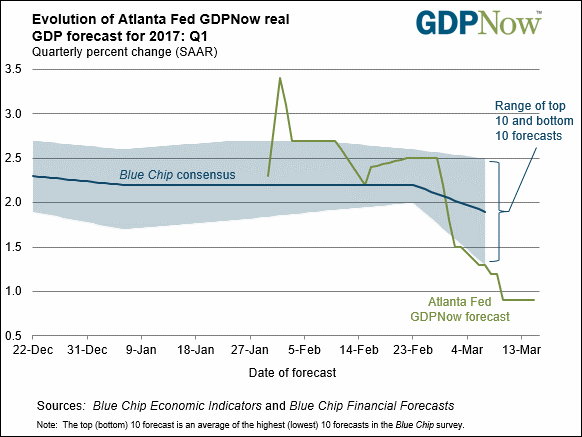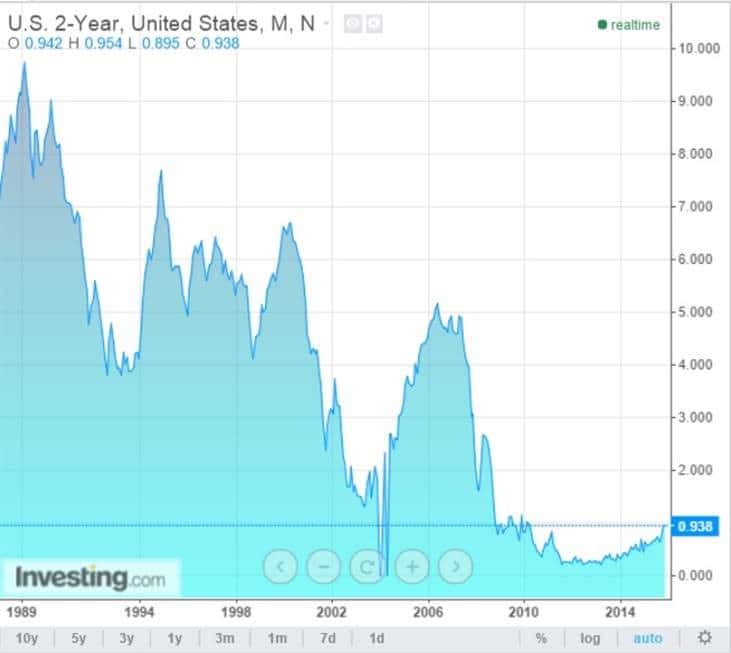The Financial Times digs into the US high yield default rate and the development of the junk-rated US energy sector.
A nice follow-up of our previous message ‘Connecting the dots: oil prices, credit and interest rates – from one shock to the other’.
Please consider ‘US high yield default rate at highest in 6 years’ by the FastFT:
(emphasis ours)
| “Despite the recent uptick in oil prices, a string of defaults by energy groups has pushed June’s trailing 12month US high yield bond default rate to 4.9 per cent — its highest level since May 2010, according to ratings agency Fitch.” |
| “Defaults by junkrated energy companies accounted for $28.8bn or more than 40 per cent of the total so far this year — surpassing the $17.5bn recorded in all of last year, writes Mamta Badkar in New York. The sector’s default rate stood at 15 per cent in June and analysts at Fitch expect that to climb as high as 20 per cent during the year. Meanwhile, that of energy exploration and production companies, which are particularly sensitive to the oil price, clocked in at 29 per cent at the end of last month and is expected to end the year between 30 to 35 per cent.” |
Interestingly enough, the spread between junk-rated energy and government bonds continued to tighten:
| “However, it is worth noting that the spread on high yield energy debt, which measures the difference between the yield on the individual bonds and US government debt with a similar maturity, narrowed to its lowest in nearly 12 months.” |
Source: Financial Times
To sum up:
– This evolution is coherent with the long lasting effects of the ‘oil carry’ described in our previous message
– A spike of defaults in the junk-rated energy segment …
– … led to an increase of the overall US high yield default rate.
– All of this happens while oil prices struggle to break up
– interest rates increase
– and junk-rated bond spreads continue to tighten.
Some of these figures are out of sync.
We stick to our previous conclusions: the unwinding of the oil carry could take different faces such as lower oil prices, oversupply, corporate activity or renewed banking pressures.
Late cycle defaults do not bode well for a late cycle economic rebound.
Jacques









